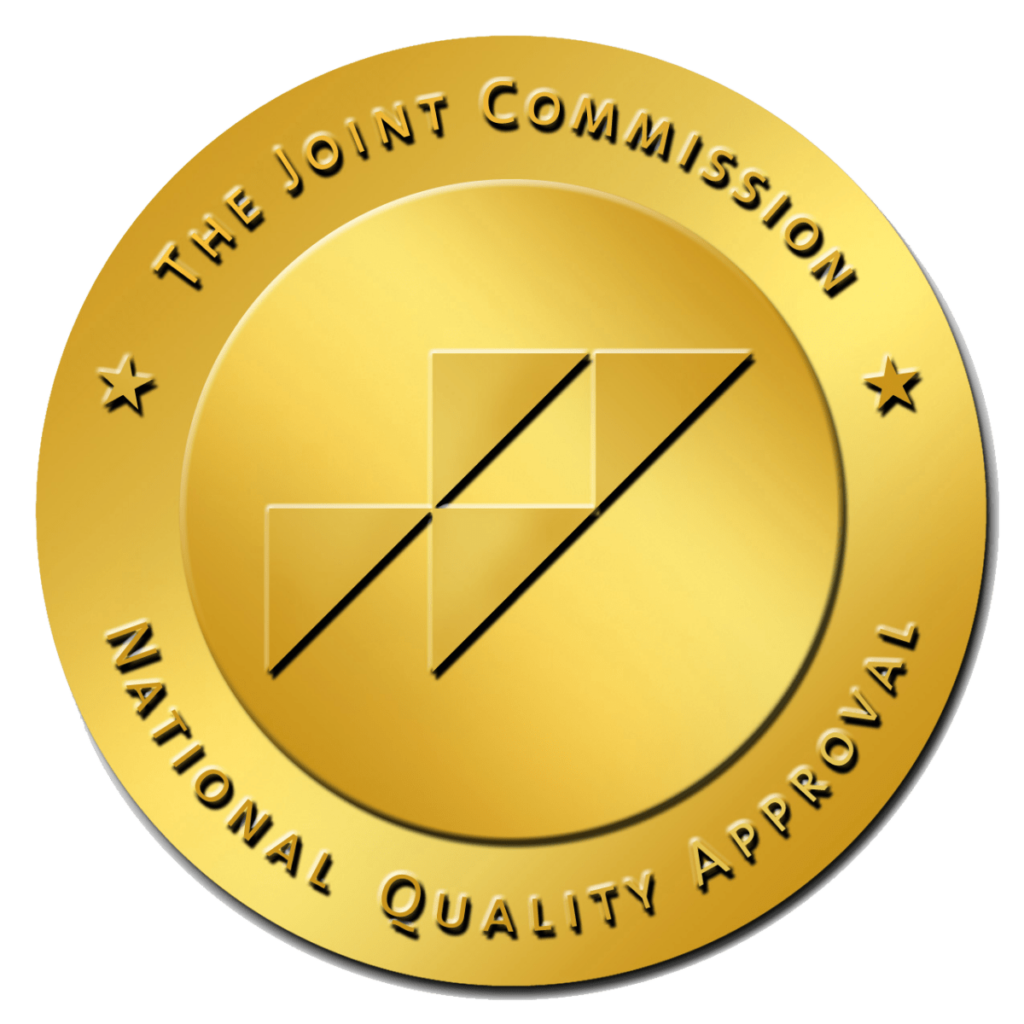Choose Facility
In our information-rich world, understanding how your healthcare is decided is crucial. One key term in this process is “Evidence-Based Medicine” (EBM). While it may sound technical, EBM significantly influences the care you receive. EBM is an approach to medical treatments that compares the latest reliable scientific research and the expertise of healthcare professionals with your personal values and preferences to arrive at the optimal treatment for you.
What is evidence-based medicine?
Evidence-Based Medicine, often abbreviated as EBM, is a systematic approach used in healthcare to make decisions that are best for the patient. But what does this really mean?
Imagine you’re building a house. You wouldn’t want to use outdated techniques or materials, right? You’d want the best, most reliable resources and the advice of experienced professionals. You’d also want the house to suit your personal needs and preferences. EBM works in a similar way in the field of healthcare.
At its core, EBM is about using the most current and reliable scientific research available. This means doctors and other healthcare professionals base their decisions on the latest studies and medical evidence.
But that’s not all. EBM also takes into account the expertise and judgment of the healthcare professional. Just like an experienced architect can make informed decisions when building a house, a healthcare professional uses their years of training and experience to interpret the scientific evidence.
Finally, and most importantly, EBM considers you – the patient. Your values, preferences, and unique circumstances are a crucial part of the decision-making process. After all, healthcare is not a one-size-fits-all solution. What works best for one person may not be the best option for another.
The process of evidence-based medicine
Evidence-Based Medicine (EBM) is a systematic approach that healthcare professionals use to make the best decisions for their patients. Here’s how it works:
- Identify a Question: The process starts with a specific health-related question that needs answering, such as, “What is the most effective treatment for high blood pressure in elderly patients?”
- Search for Evidence: The next step is to find the best available scientific evidence to answer the question. This involves reviewing medical research studies, clinical trials, and other relevant information.
- Evaluate the Evidence: Not all evidence is equal. Some studies are more reliable than others. So, the next step is to assess the quality and reliability of the evidence found.
- Apply the Evidence: After evaluating the evidence, it’s time to apply it to the patient’s situation. This involves considering the evidence in light of the patient’s unique circumstances, preferences, and values.
- Assess the Outcome: The final step is to evaluate the effectiveness of the decision made based on the evidence. This could involve monitoring the patient’s response to a treatment or intervention.
The levels of evidence in evidence-based practice
Not all evidence is considered equal from an EBM perspective. Some types of evidence are stronger and more reliable than others. To help healthcare professionals make the best decisions, evidence-based medicine classifies evidence into six levels:
- Level IA: This is the highest level of evidence and comes from a meta-analysis of multiple, well-conducted randomized trials. Think of a meta-analysis as a study of studies. It combines the results of several studies to give a more accurate result.
- Level IB: This level of evidence comes from a single well-conducted and well-designed randomized controlled trial. These trials are considered the gold standard in medical research.
- Level IIA: This level of evidence comes from at least one well-designed and executed non-randomized controlled study. These studies are not as strong as randomized trials because they may have more bias.
- Level IIB: This level of evidence comes from at least one well-designed case-control or cohort study. These types of studies are used when randomized controlled trials are not possible or ethical.
- Level III: This level of evidence comes from at least one non-experimental study. These studies are not as strong as controlled studies and include case series and poorly designed case-control or cohort studies.
- Level IV: This is the lowest level of evidence and comes from expert opinions from respected authorities on the subject based on their clinical experience.
The role of clinical judgment in evidence-based medicine
Another crucial component of evidence-based medicine is the clinical judgment of the healthcare professional. This is where the expertise and experience of the doctor, nurse, or other healthcare provider come into play. Clinical judgment involves using professional knowledge and experience to interpret the scientific evidence and apply it to the specific patient. It’s about understanding the nuances of the patient’s situation and making decisions that are in their best interest.
For example, let’s say a doctor is treating a patient with high blood pressure. The doctor might find a well-conducted study showing that a certain medication is effective in lowering blood pressure. However, the study was conducted on a population of young adults, and the patient in question is an elderly individual with other health conditions. In this case, the doctor would need to use their clinical judgment to decide whether the results of the study apply to this particular patient.
Clinical judgment is also about understanding the limitations of scientific evidence. Not all questions can be answered by research studies, and not all evidence is of high quality. Healthcare professionals need to be able to evaluate the evidence critically and make decisions even when the evidence is not clear-cut.
In short, clinical judgment is what allows healthcare professionals to bridge the gap between scientific evidence and real-world patient care. It’s an essential part of Evidence-Based Medicine and a key factor in ensuring that patients receive the best possible care.
The importance of patient values in an evidence-based practice
Patient values refer to what is important to the patient in terms of their personal goals, lifestyle, and cultural and religious beliefs. For example, a patient may value their quality of life over longevity, or they may have religious beliefs that affect their willingness to undergo certain treatments.
In a practice that adheres to the EBM approach, known as an evidence-based practice, these values are taken into account when making healthcare decisions. Even if the scientific evidence strongly supports a particular treatment, if that treatment conflicts with the patient’s values, it may not be the right choice.
For example, let’s say a patient has been diagnosed with a form of cancer. The evidence may suggest that chemotherapy can extend their life expectancy. However, the patient may value their quality of life over longevity and decide not to undergo chemotherapy due to the side effects.
In this way, EBM respects the autonomy of the patient and recognizes that healthcare decisions are not just about what is medically best, but also about what is best for the patient as a whole.
The re-evaluation process in evidence-based medicine
Evidence-Based Medicine (EBM) is a continuous process, and re-evaluation is a key part of it. After a healthcare decision is made and treatment is implemented, the next step is to assess the outcome and learn for future decisions.
Healthcare professionals monitor the patient’s response to the treatment, asking: Did the intervention help? Were the outcomes as expected? What new information was obtained?
Re-evaluation serves two main purposes. It allows adjustments to the treatment plan if it’s not working as expected, and it provides feedback to improve future care. Understanding what worked and what didn’t helps healthcare professionals make better decisions in the future.
In essence, EBM is a cycle of continuous improvement. It’s not just about making the best decision in the moment, but also about learning and adapting to provide the best possible care over time.
Criticisms of evidence-based medicine
While Evidence-Based Medicine (EBM) has revolutionized healthcare and is widely accepted as the gold standard for clinical decision-making, it is not without its criticisms. Some of the most common criticisms include:
- Publication Bias: EBM relies heavily on published results, particularly those from high-quality studies such as randomized controlled trials. However, studies with positive results are more likely to be published than those with negative results, leading to a bias in the available evidence. Additionally, studies funded by companies may be more likely to get published, which can also skew the evidence.
- Randomized Controlled Trial Bias: EBM places the highest weight on randomized controlled trials. While these trials provide strong evidence, they may not always be possible or feasible. For example, for rare diseases, it may be difficult to gather a sufficient number of participants for a study. Also, ethical considerations may prevent certain types of trials from being conducted.
- Lag Time: The process of conducting a well-designed and well-conducted randomized controlled trial takes time. There can be significant changes in the medical landscape between when the trial is designed and when the results are published.
- Values: Although patient values are integral to the model of EBM, they are often overlooked or minimized by healthcare practitioners. There is a risk of healthcare providers focusing too much on implementing the “best evidence” or “best practices” without considering how these fit with the patient’s values.
The impact of EBM on healthcare
Evidence-Based Medicine (EBM) has revolutionized healthcare by integrating clinical experience, patient values, and the best research information. It has moved healthcare decision-making from intuition and non-systematic clinical experience to a more scientific approach.
One of EBM’s significant contributions is the development of systematic reviews and meta-analyses. These methods allow researchers to identify, select, and critically analyze multiple studies, leading to more informed healthcare decisions.
EBM also promotes continuous learning among healthcare professionals, encouraging them to stay updated with the latest research and apply it in their practice. This approach has improved patient outcomes and made healthcare more cost-effective.
However, applying EBM requires new skills, including efficient literature searching, applying formal rules to evaluate clinical literature, and integrating this evidence with clinical expertise and patient values.
Embracing EBM for better health outcomes
Through EBM, healthcare professionals can access and evaluate the latest research evidence, allowing them to make informed decisions about diagnosis, treatment, and patient care. This approach ensures that evidence is obtained through systematic reviews, meta-analyses, and other rigorous research methods so that the information used is of the highest quality. It acknowledges that each patient is unique and that healthcare decisions should align with their specific needs and goals. By incorporating patient values into the decision-making process, EBM promotes patient-centered care and enhances patient satisfaction.

All Rights Reserved © by Sierra Meadows Behavioral Health | Website Sitemap | Privacy Policy | Billing Policy
Certified by the State Department of Health Care Services. Certification Number: 100008AP. Expiration Date: 12/31/2025

